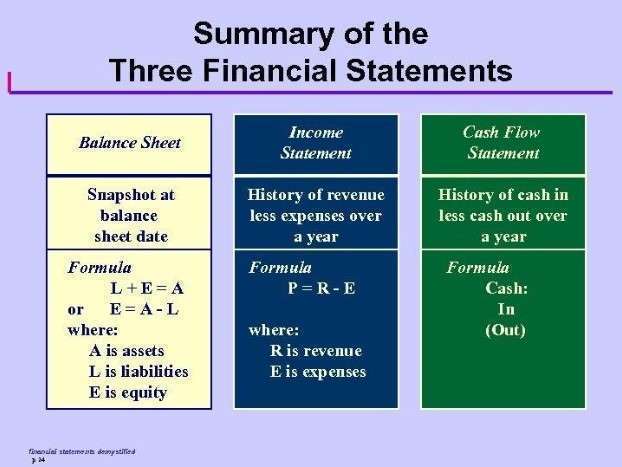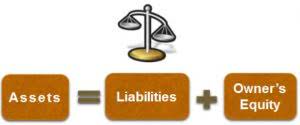
Additionally, a balance is unearned revenue a current liability sheet that accurately shows unearned revenue reflects a company’s commitment to clear and honest accounting, which builds trust with investors and partners. It represents potential future income, indicating a solid base of customer orders or commitments. How a company handles unearned revenue can tell you a lot about its financial state. Properly managing this revenue means the company is good at handling its cash and meeting its future obligations, which are important for keeping the business stable and reliable. Your company has made a commitment to your customers, and until you deliver on that promise—be it a service or a product—you owe them.

Other types of unearned income
It’s like holding onto someone else’s belongings until you fulfill your part of the deal. Unearned revenue, sometimes called deferred revenue, is when you receive payment now for services that you will provide at some point in the future. Unearned revenue, also called deferred revenue or advanced payment, is money that has been paid to your business for goods or services that you have not yet delivered. Essentially, it’s a cash prepayment in exchange for the promise of goods or services.

Get Solo: $12 for 12 months

It represents a debt the company owes to its customers in the form of goods or services. These guidelines dictate how and when unearned revenue should be recorded and recognized in financial statements. For finance leaders, it’s crucial to be well-versed in these standards to ensure compliance and accuracy in your company’s financial reporting. Often referred to as deferred revenue, unearned Accounting for Marketing Agencies revenue is what happens when a company gets paid for a job it hasn’t done yet.
Journal entry required to recognize revenue at the end of each match:
- For example, under ASC 606, revenue is recognized when control of the promised goods or services is transferred to the customer.
- It represents a debt the company owes to its customers in the form of goods or services.
- These systems handle complex transactions and provide real-time updates to financial statements, reflecting changes in unearned revenue as obligations are fulfilled.
- When a business receives unearned revenue, the basic accounting entry is to debit the cash account and credit the unearned revenue account, which is a liability account.
Unearned revenue is a crucial accounting concept that businesses must understand to maintain accurate financial records and make informed decisions. Unearned revenue, also known as deferred revenue or unearned revenues, refers to money received by a company for goods or services that have not yet been delivered or performed. Unearned revenue is classified as a liability on the balance sheet, representing the company’s obligation to deliver goods or services in the future.
- Then, you’ll always know how much cash you have on hand, which clients have paid, and who you still owe services to.
- These standards ensure consistency and transparency in financial reporting, enabling investors and analysts to make informed decisions.
- The customer chooses to pay the full amount before the work starts, so the income is recorded as a $500 debit in the cash account and a $500 credit in the ‘unearned revenue’ account.
- Essentially, when the money comes in, you record it as a credit in the ‘unearned revenue’ column and a debit in your cash account.
- However, larger businesses may have more complex systems for tracking and managing unearned revenue due to the scale of their operations.
- Deferred revenue is a broader term that encompasses unearned revenue and other types of revenue that are received in advance but have not yet been recognised on the income statement.
Revenue is recorded when it is earned and not when the cash is received. If you have earned revenue but a client has not yet paid their bill, then you report your earned revenue in the accounts receivable journal, which is an asset. Your cash flow statement records cash coming into your business, whether earned or unearned. Unearned revenue should be listed as a credit in the operating activities section of your cash flow statement. Dividends are unearned income generated from investments, such as stocks. Companies will pay out dividends to their shareholders from their profits in the form of cash payments or additional shares.

Financial Analysis
- Companies or individual suppliers with unearned revenue usually record it in their balance sheets as a liability.
- In most cases, earned income is subject to higher taxes than unearned income.
- This can be anything from a 30-year mortgage on an office building to the bills you need to pay in the next 30 days.
- Managing this aspect well is key to maintaining trust with your customers and making smart, informed decisions for your business’s future.
- Unearned revenue can be a key indicator of future business prospects.
- Deferred revenue, on the other hand, may be recognised over a longer period, spanning multiple accounting periods.
This rule ensures that your company’s financial statements accurately depict its earnings and liabilities at any given time. For instance, if you receive payment in one accounting period but deliver the service in the gross vs net next, the revenue for that service belongs to the period of delivery, not when the payment was received. Unearned revenue is also known as deferred revenue or deferred income.
